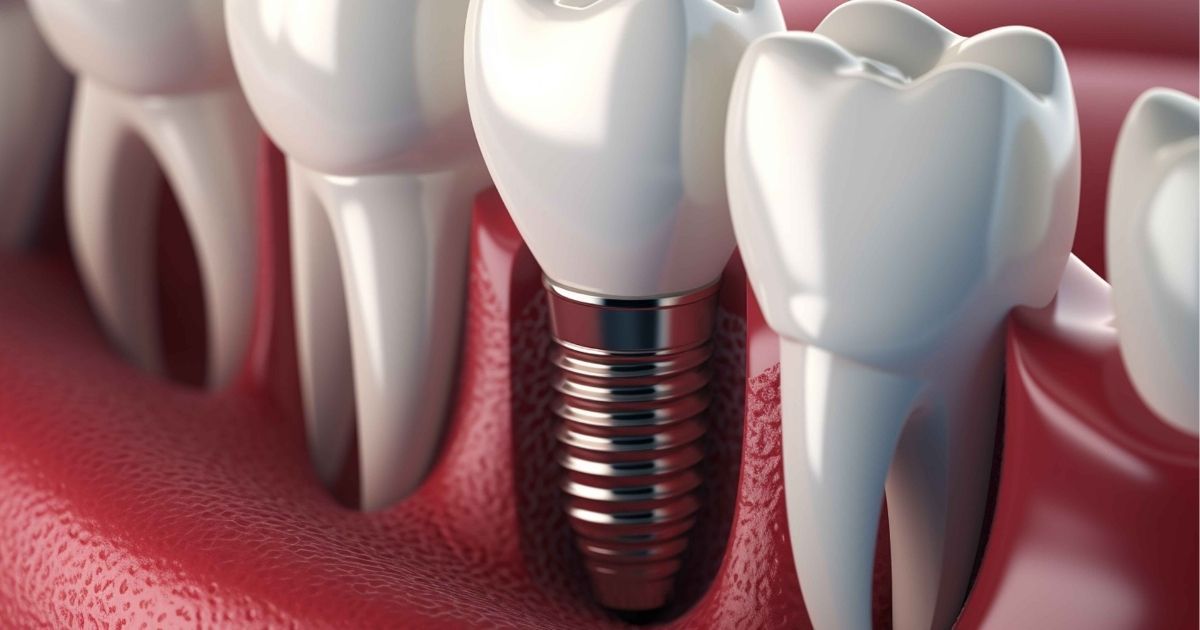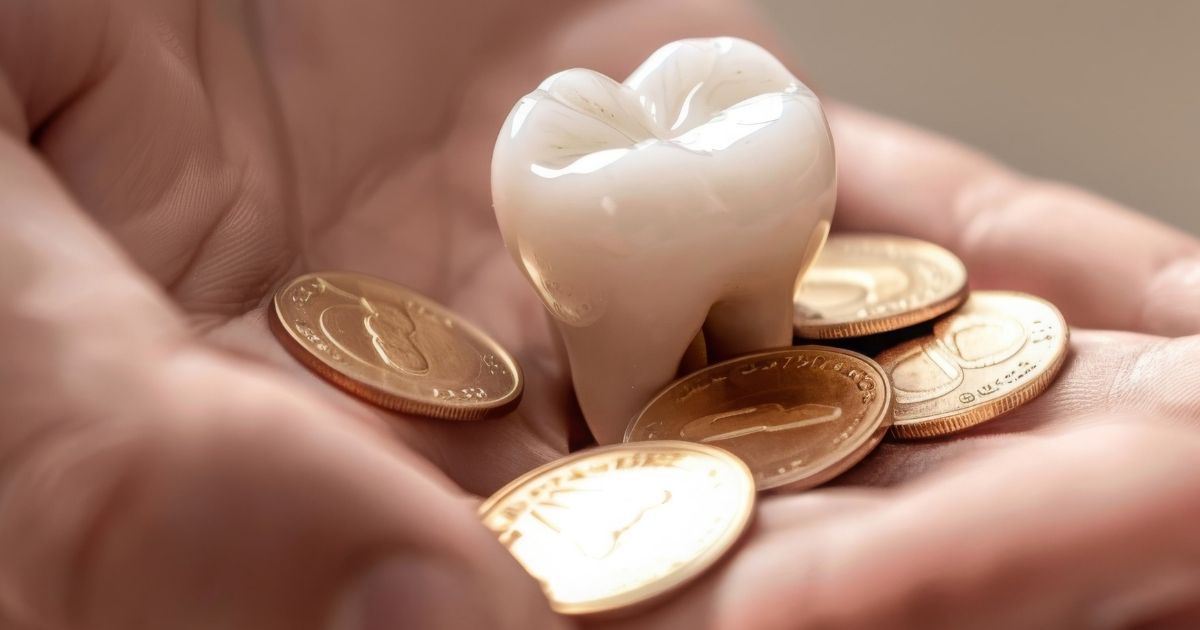Dental implants for molars: what are they?
If you’re looking into molar tooth replacement and feeling uncomfortable or embarrassed, it might be time to consider molar dental implants.
These implants act as replacement teeth and restore the natural look of your teeth, as well as their functionality. They can also last for up to 30 years, helping you get your confidence back without pain.
Reading time: 5 minutes

What is a molar dental implant?
A molar implant is not different to dental implant fitted in any other areas of the mouth, it simply refers to dental implant placement to replace the teeth further back in the mouth, known as molars.
The molar teeth are particularly important as they are responsible for grinding food into smaller pieces, hence missing molar teeth can make chewing more difficult.
Unlike the front teeth such as canines or incisors, molars are not sharp and are not responsible for biting into food. Instead, they have a relatively flat surface, designed to sustain larger amounts of pressure.
Each implant contains three parts:
- Crown – this is placed on top of the implant for added protection and cosmetic purposes
- Abutment - this anchors the crown to the screw or post
- Screw/post – this is a titanium root which goes deep into the root of the tooth to hold the implant in place.
A dental implant is a permanent tooth replacement, and fuses to natural bone in a process known as osseointegration.
What happens during a molar dental implant procedure?
- Dental implant surgery takes place over a few months, beginning with an initial consultation with an implant dentist, where a treatment plan will be produced for replacing missing teeth. Your dentist will assess your case, looking at your jawbone health, gum tissue health and the condition of your existing teeth.
- Once the day of the molar implant surgery comes, the oral surgeon will use local anaesthetic before implanting a small screw. In some cases, the surgeon may have to perform an extraction before implanting the implant screw.
- Over the next few months, the implant will begin to fuse to the bone, so there will be follow-up appointments. This process may take longer if you need a bone graft – typical for older patients or those with health conditions.
- Finally, once the implant has been integrated, your surgeon will place a crown on top. This is the visible part of the tooth and will be customised to the shape of surrounding teeth. If you’re having multiple teeth replaced, this may be a dental bridge instead.
Why do I need a dental implant for molars?
Molar implants offer a long-term tooth replacement option if you’ve lost a tooth due to bad oral hygiene or trauma. They’re also a longer-term solution than veneers or removable dentures, offering a strong alternative for grinding down food.
Implant placement is a reliable option if you’re replacing multiple missing molars. If you’re thinking about how to replace a molar, you’ll need to consider these factors:
- The state of your natural teeth – are there missing teeth or fractures/breaks?
- Your overall oral health – could problems be prevented with better dental care?
- The location of the problem – back teeth don’t always need a full implant procedure.
Your dental practice can advise the best course of action based on your unique needs. You’ll also need to think about long-term care and dental implant costs.
What is the cost of a molar implant?
The cost of a molar implant will vary depending on the complexity of the surgical procedure. Generally, implants are more expensive than fixed bridges or removable dentures. This is because they offer so many benefits, including a more natural feel, long-term strength, preventing bone loss and maintaining face structure.
You can expect to pay between £1,800 and £3,800 for dental implant treatment, however, many dental practices offer financing options for patients. This is priced per individual tooth and usually is carried out only in private practices.
Other factors impacting the cost of a molar implant include:
- Additional procedures like bone grafts
- The materials used for your implant
- Extra technology such as 3D imaging/CBCT scans.

Are dental implants necessary for molars?
You may not always need a full replacement for missing molars. Adult humans generally have 12 molars (including wisdom teeth) with three on each side of the lower and upper jaw. We do around 90% of our chewing with the frontmost molars – so if you’re missing a tooth further back, it’s unlikely to affect your eating.
If your tooth isn’t completely missing, you could consider alternatives like bridges or dentures. Many factors will affect your decision from cosmetics to comfort, so it’s best to speak to a professional.